CDS Research Groups
Below is a list of current CDS research groups.
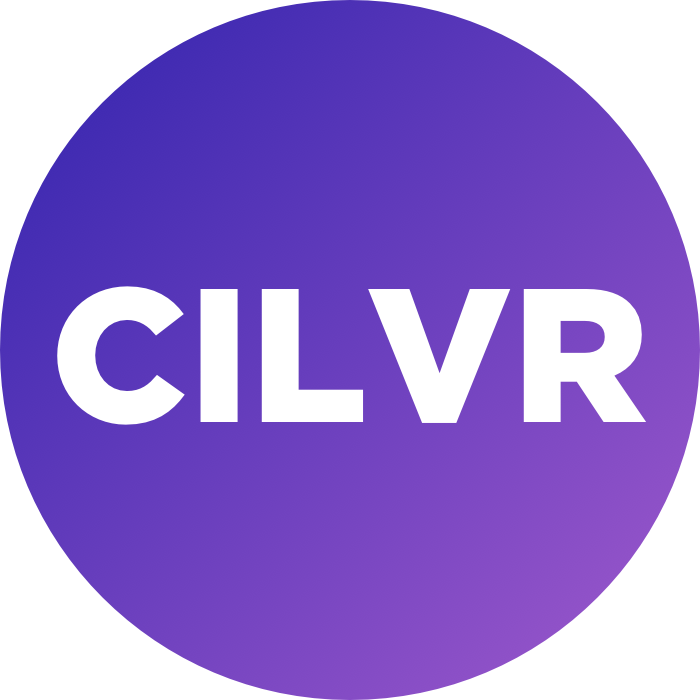
CILVR Lab
About
The CILVR Lab (Computational Intelligence, Learning, Vision, and Robotics) regroups faculty members, research scientists, postdocs, and students working on AI, machine learning, and a wide variety of applications, notably computer perception, natural language understanding, robotics, and healthcare.
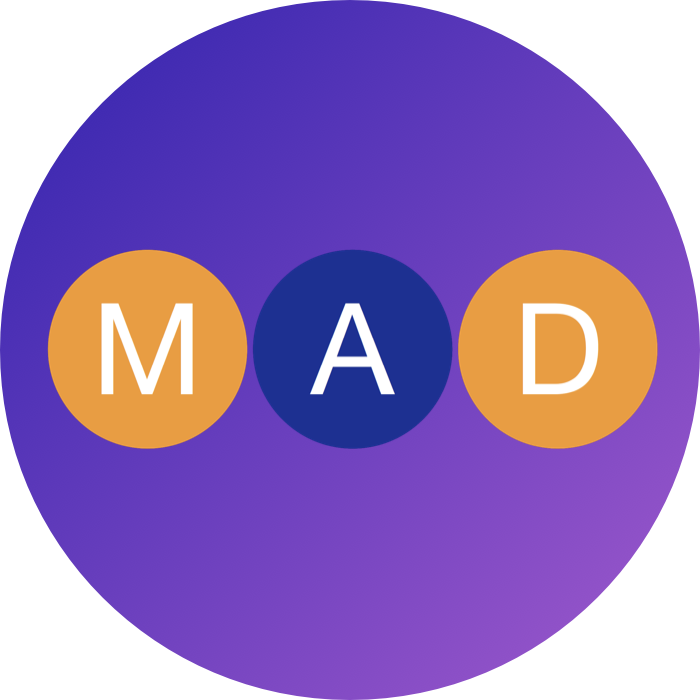
MaD & MaD+
About
The Math and Data group is part of New York University’s Center for Data Science, and the Courant Institute of Mathematical Sciences.
Its mission is to advance the Mathematical and Statistical foundations of Data Sciences, specializing in Signal processing and Inverse Problems, Machine Learning and Deep Learning, and High-dimensional statistics and Probability.
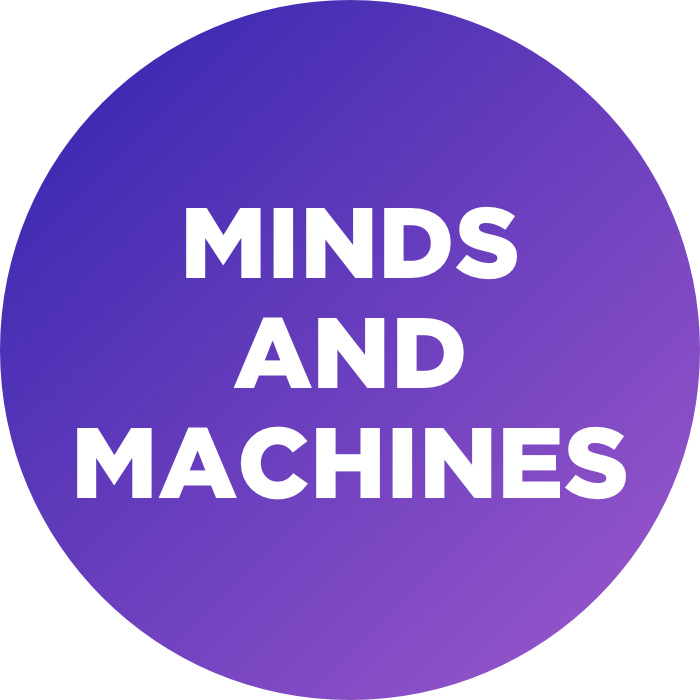
Minds and Machines
About
Minds and Machines at CDS sits at the interface of data science and cognitive science. One aim of our work is to use progress in machine intelligence to advance our understanding of human intelligence. Although modern AI systems are not necessarily intended as cognitive models, they open new ways of studying longstanding questions about the kinds of experience and priors that are needed to develop human-like abilities from perceptual experiences. In the other direction, insights from human intelligence can spur innovation in machine intelligence, and provide yardsticks for evaluating the success of machine learning systems. CDS is a hub for research of this kind, and benefits from collaborations with the broader CILVR AI lab and the broader computational cognitive science community at NYU, as well as with external partners.
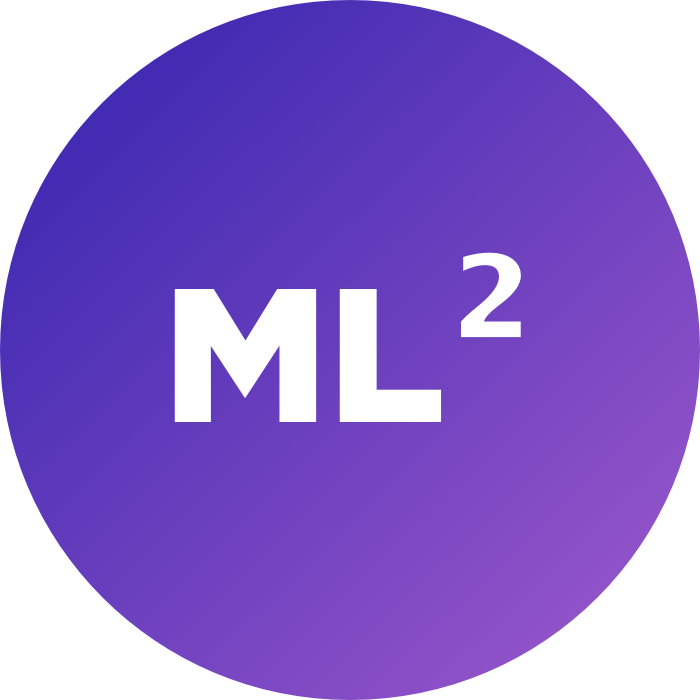
ML2
About
The Machine Learning for Language (ML²) group is a team of researchers at New York University working on developing and studying state-of-the-art machine learning methods for natural language processing (NLP). ML² is affiliated with the larger CILVR lab.
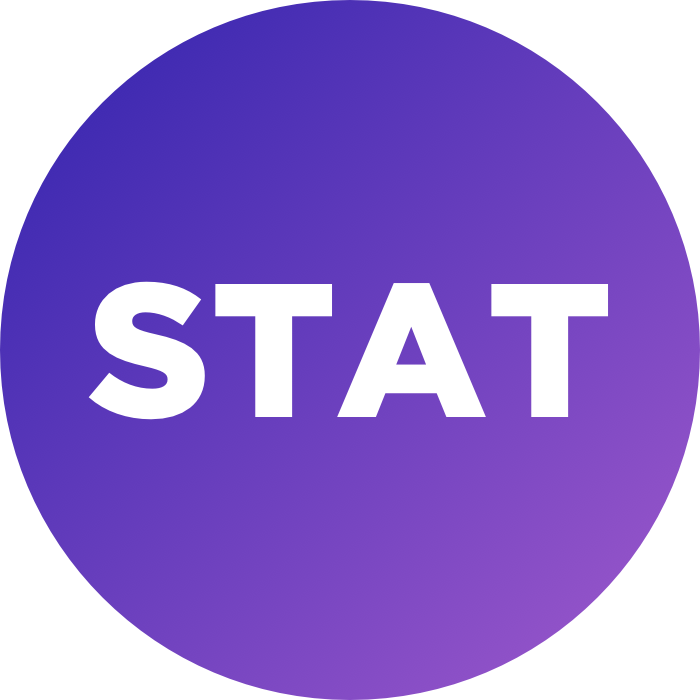
STAT
About
The STAT group (Statistics: Tools, Algorithms, and Theory) seeks to advance the state-of-the-art in statistics, by developing new methodological, computational, and mathematical approaches to statistical problems and to their applications in data science and machine learning. The STAT group assembles faculty, fellows and students across CDS and the Courant Institute.
